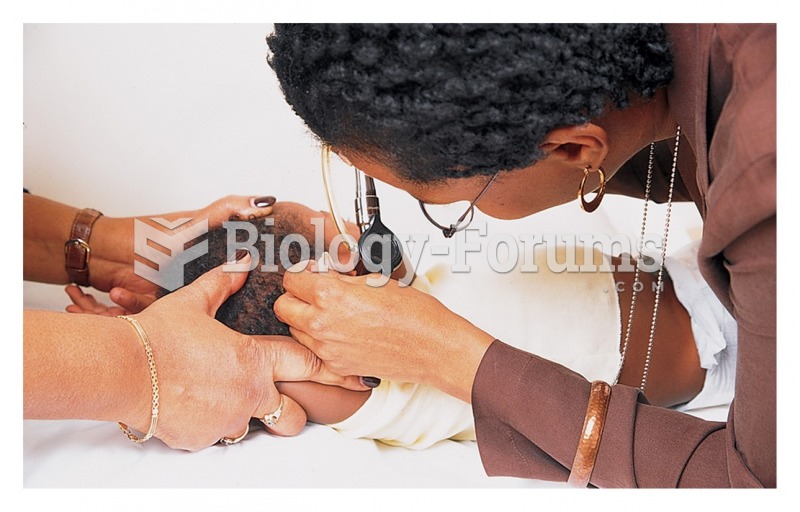Answer to Question 1
Child molestation is the sexual abuse of a child by an adult. Sexual abuse includes not only sexual intercourse (genital or anal) but also oral-genital contact, fondling, and behaviors such as exposing oneself to a child and photographing or viewing a child for the molester's erotic pleasure. Child molestation is generally regarded as one of the most despicable sexual offenses in our society. The public fears-rightly-that this type of sexual abuse will destroy the innocence of the child and may lead to severe psychological trauma, interrupting the child's (and subsequent adult's) normal sexual development.
A. Nicholas Groth has identified two categories of child molesters: fixated and regressed. A fixated child molester's primary sexual object choice is children; he would always prefer a child as a sexual partner over an adult. These men are also known as pedophiles. Pedophilia is a sexual disorder characterized by recurrent sexual fantasies and urges or behaviors involving sexual activity with children. A regressed child molester is a person whose usual sexual interest is in adult partners, but when faced with massive stress, he regresses emotionally (becomes a psychologically younger person) and acts out sexually toward children to meet his needs. Regressed child molesters generally seek female children as partners; fixated molesters are generally interested in male children.
Answer to Question 2
The family group conferencing approach with abused or neglected children originated in New Zealand. The approach has now been adopted in many other countries, including in the United States. When evidence of child abuse by child protective services or the police has been documented, some child protective services agencies are now offering the parents of the affected children the option of using the family group conferencing approach to attempt to improve the parenting and end future abuse. The process is first explained to the parents. If the parents agree to involve their extended kinship network in planning, the process is then implemented.
The family decision-making conference is facilitated by a professional person (often associated with child protective services). Three characteristics are central to family group conferencing:
1. Family is widely defined to include extended family members, as well as other people who are significant to the family.
2. The family is given the opportunity to prepare the plan.
3. The professionals involved with the family must agree to the plan, unless it is thought to place the child at risk.
The coordinator prepares and plans for the first meeting of the extended family. In the New Zealand model, the coordinator and other professional withdraw from the meeting in the next stage to allow the family privacy for their deliberations. Some programs in the United States and other countries allow the coordinator to remain in the meeting. The kinship network makes plans to respond to the issues that are raised, including developing a plan for the safety and the care of the child. The coordinator and/or protective services retain the right to veto a family plan if they believe the child will not be protected. Several meetings (over several days) may be necessary to develop the family plan.
There are several advantages of family group conferencing:
It facilitates getting the extended family involved in meeting the needs of the abused/neglected child or children and in meeting the needs of their parents.
It reduces government intervention in people's lives.
It recognizes the strengths of kinship networks to provide assistance to at-risk families.
It reduces the number of children placed in foster homes.
Frequently, with this approach one or more extended family members temporarily take in the abused/neglected child, which then gives the parents an opportunity to receive whatever they need to become more stable and to learn better parenting skills.) Family group conferencing has also been adapted to respond to other family issues, such as families with an adjudicated delinquent.







